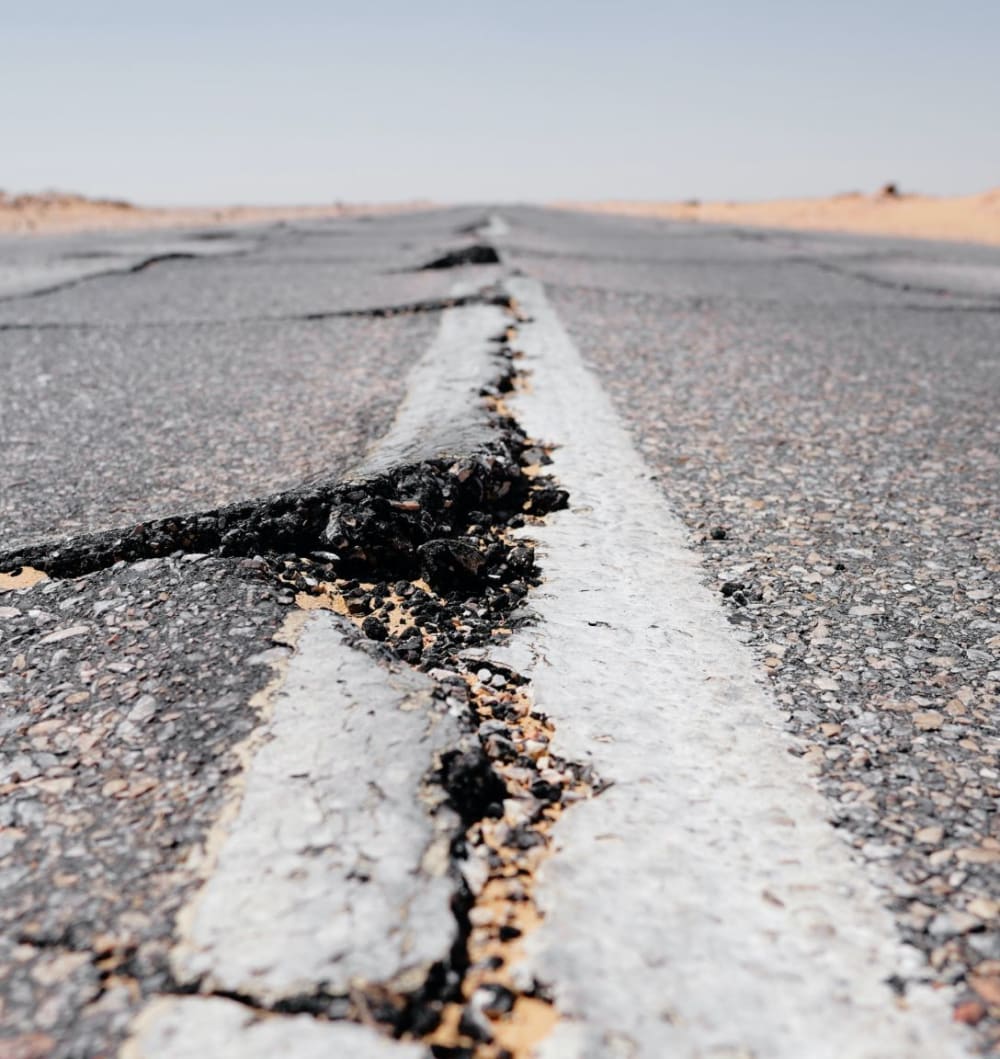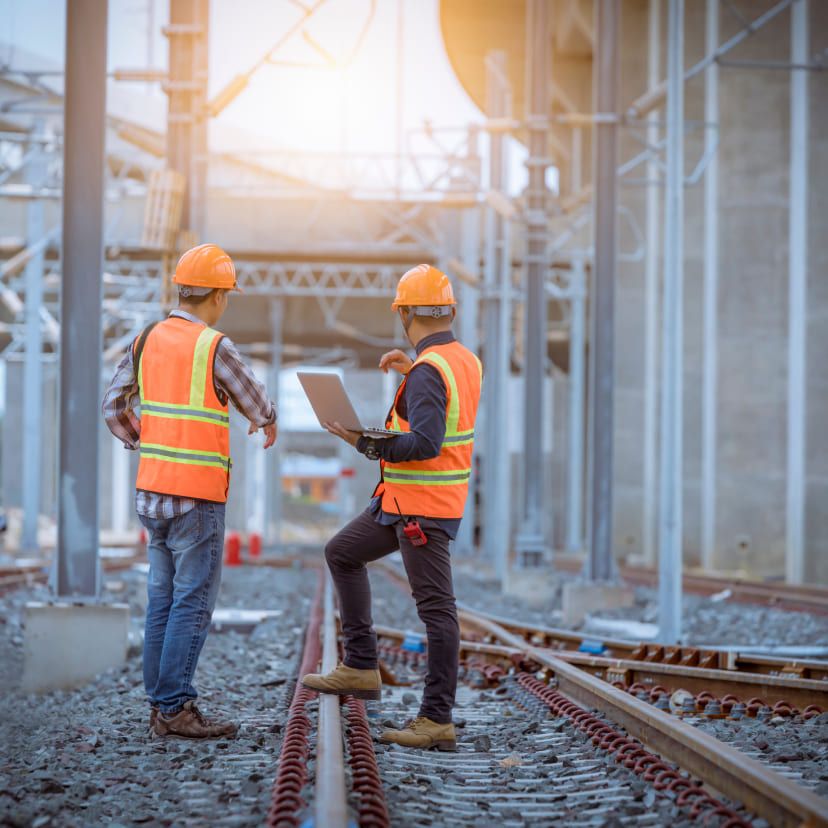Settlement Mitigation
Corrects differential settlement at approaches and abutments

Bridge infrastructure includes abutments, approach slabs, piers, and foundations that support safe roadway and rail passage. These structures are constantly subjected to traffic loading, water influence, and soil movement, making stabilization and durability critical to long-term performance.

Bridge stabilization solutions restore safety and reliability while minimizing traffic interruptions. Trenchless polymer injection reduces maintenance costs, protects against erosion, and extends the service life of critical structures.
Corrects differential settlement and restores smooth transitions
Stabilizes soils and eliminates voids behind retaining structures
Strengthens support for vertical and lateral bridge loads
Restores alignment where bridge decks meet connecting roads
Provides stabilization beneath tracks, embankments, and abutments
Protects walkways and local crossings from settlement and erosion
Stabilization and repair methods commonly applied to bridges include:
Corrects differential settlement at approaches and abutments
Eliminates subsurface cavities and restores uniform support
Strengthens weak soils to improve load-bearing capacity
Blocks infiltration and erosion near structural elements
Protects walls supporting bridge embankments
Restores load-bearing performance in compromised assets
1
Bridge soils and structures evaluated for settlement, voids, and erosion
2
Repair design and injection sequencing developed to minimize traffic impacts
3
Small-diameter injection points installed with minimal surface disruption
4
Expanding polymers placed to stabilize soils and restore support
5
Real-time tracking ensures stabilization without overcorrection
6
Final inspection confirms restored alignment and structural performance
Have a project in mind or need more details about our services? Connect with our team today to discuss your challenges and learn how URETEK solutions can deliver lasting results.